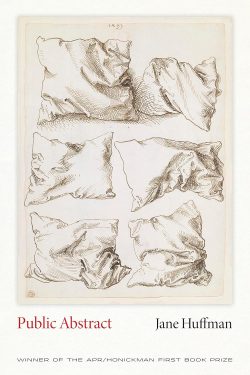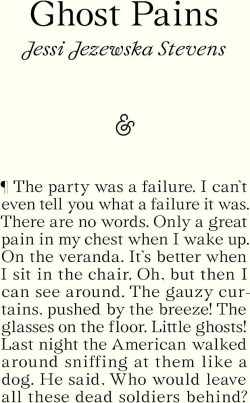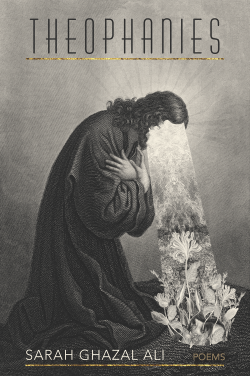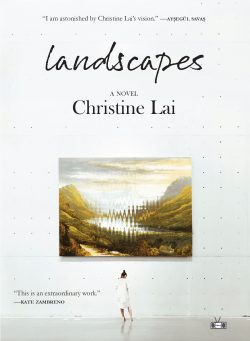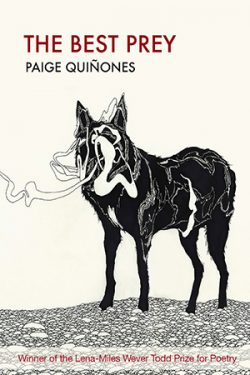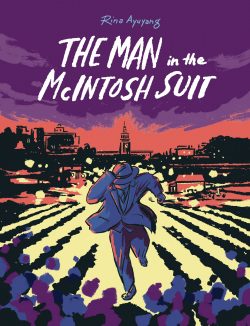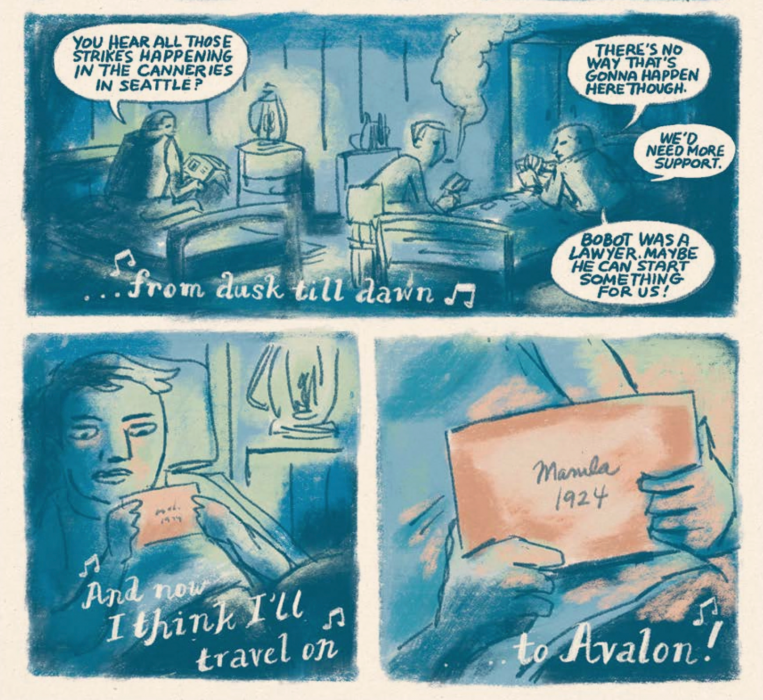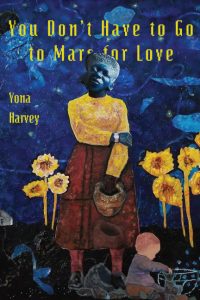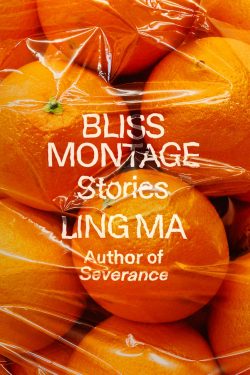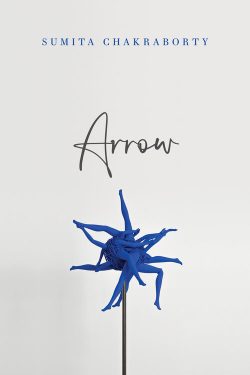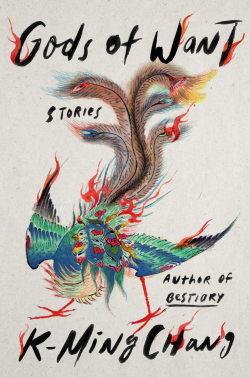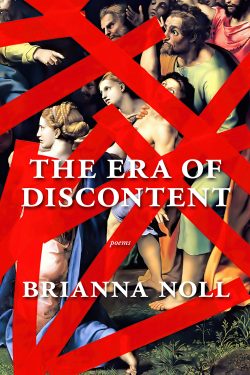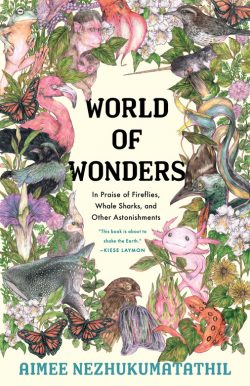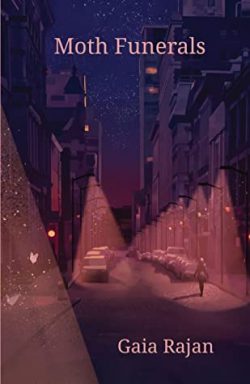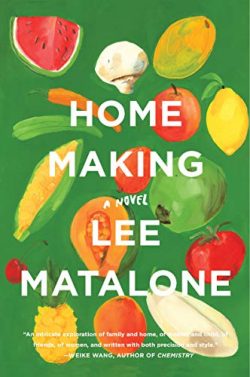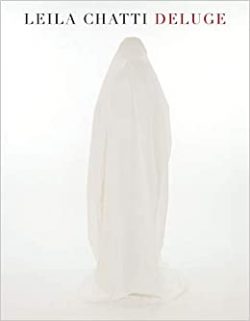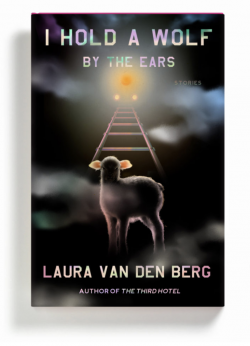Dear God, Dear Bones, Dear Yellow by Noor Hindi
Haymarket Books, 2022
Noor Hindi’s debut collection is a special prayer, Dear God, Dear Bones, Dear Yellow, that invites “those outside the door” (as she calls them) to “bear witness” (as the white woman on her thesis defense calls it) to the life of Palestinians, those who immigrated, those who stayed, and how womanhood and queerness fit into these spaces. It is also a call to action to those reading and witnessing to step forward and speak up for Palestine as well.
In four distinct sections, she tackles Palestinian life, colonialism, immigration, Arab womanhood and motherhood, and queerness throughout the process of forcefully leaving home against one’s will, and the difficulty in finding and accepting a new home in a place that has played a huge role in displacing them.
How does one find their place and identity amongst violence? Among those who are actively trying to erase it. In her poem “Confession”, she writes “My family comes from a land that does not exist on colonizers’ maps”, a point further emphasized in “USCIS Trip #1: A Revision”:
The white woman says WE DO NOT RECOGNIZE
PALESTINE AS A COUNTRY
TRY AGAIN
And crosses out Palestine with a red pen.
Hindi’s background as a reporter lends itself brilliantly to her poetry as she marries her experience with distancing herself as a professional from the story she is telling and the intimacy of becoming the story herself. She reports on her mother and grandmother as a silent observer and we, as readers, find pieces of her as a speaker in the lyricism of her poetry.
Her “USCIS Trip” series throughout the collection is a perfect example of the balance she strikes between Noor the reporter and Noor the poet. The series follows her journey as she accompanies her grandmother through the process of becoming a US Citizen, highlighting the micro (and macro) aggressions they both face. She documents the reality of the process, the paperwork, the security checks, and within these technicalities, her rage, her fear, her worry shine through the moment she recites the answers to the tests under her breath “legislaturecommunismterroristspangled”, the moment she hears her grandmother whispering “they stripped me, they stripped me”. In these moments of both violence and vulnerability, we read about a second colonization of Palestinian history and its erasure to make room for American history, and a re-colonization and invasion of Arab women’s bodies, bodies that already face enough policing as Hindi portrays in the third section of the book.
Hindi’s father is a prominent figure in the first section of the book, his presence a stark reminder of Palestine and its history as he clings to it and reminds her of it, his constant watching of Al Jazeera a repeating motif in the book. Here again, we witness Hindi as she herself witnesses her father, reporting on his actions. In “I Once Looked in a Mirror but Couldn’t See My Body”, she writes of
[…] watching my father
alone in the night
drawing and redrawing
a map
of Palestine, green ink.
Before 1947, he would insist, before partition,
before the nation became history,
And while her father represents the love of Palestine, and her grandmother the process of immigration, Hindi uses her mother’s presence in the book to explore not only the difficulty of finding a new home, as her mother struggles to accept any house they move to, calling them “خرابة, a desolation.”, but also the complexity of mother-daughter relationships in Arab (and specifically Muslim) society.
Her poems “Poem in Which My Mother Tells Me Not to Get a Pap Smear Because It Might Tear My Nonexistent Hymen” and “Dangerous Business” show how her mother leads the conversation surrounding the virginity of young Arab and Muslim women within the context of how society treats the concept of virginity. The opening line of “Dangerous Business” is a perfect example of that relationship between the private and the social: Noor the storyteller exposes the private, and Noor the reporter uses headlines to highlight the public discourse.
My mother found a tampon wrapper THE DANGEROUS BUSINESS OF HYMEN RECONSTRUCTION SURGERIES as a child, she wouldn’t let me use tampons because she was afraid of HYMEN OBSESSIONS: A HISTORICAL OVERVIEW my hymen being penetrated
For such a talented poet who masterfully uses language throughout her collection to tell her story and the story of her Homeland, Hindi still asks herself, and her readers, what do we do when language fails us? which she explores in her poem “A Chaos of Semantics”.
I want to believe language matters, that words create meaning, that a person can breathe a thing into existence.
But what happens when the repetition of the words beckons at the opposite?
She writes “the language isn’t enough” in her final poem “Pledging Allegiance”, and isn’t that the bane of evey writer’s existence? How to make language and storytelling, in any genre or form, convey the painful realities? How to make language meaningful enough for outsiders to listen, truly listen, and understand?
The collection published in May 2022 is even more poignant and relevant today as the world witnesses more intently the story and struggle of the Palestinian people. And while this isn’t new, Palestinians have been persecuted and displaced for 76 years as Hindi’s collection explains, for the first time in history, “those on the outside of the door” are accepting the invitation and coming in. Hindi’s prayers may be starting to get answered, but it is only the beginning. However, within her invitation, she expresses her exhaustion from having to invite, having to educate, having to pray. And isn’t it time for the world to stop sending “thoughts and prayers” and start taking action? After all, “Fuck Your Lecture on Craft, My People Are Dying.”




